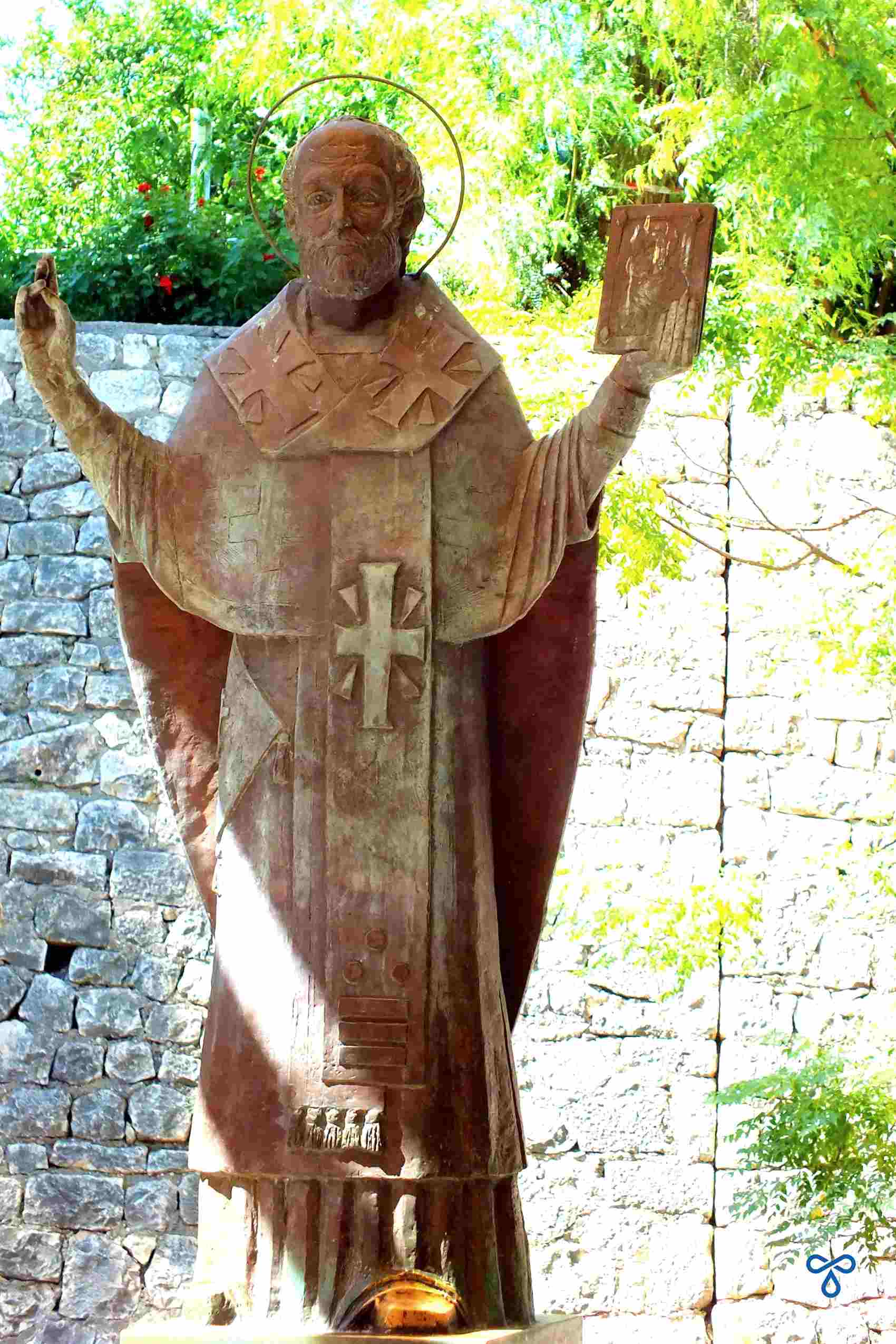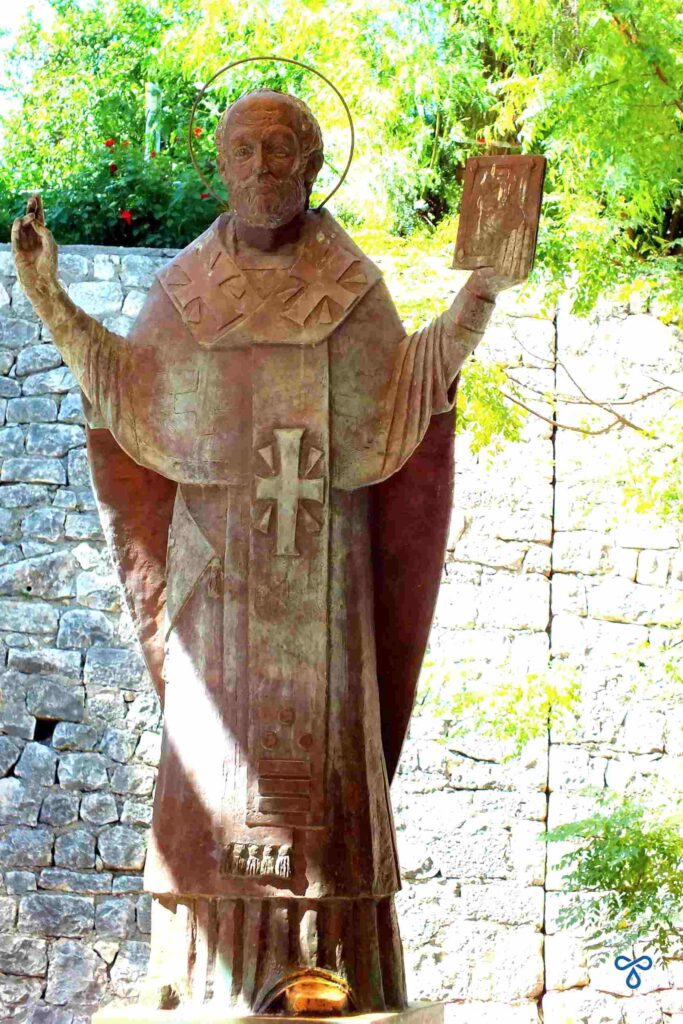You’ve raised a lot of interesting and thought-provoking points. Your reflections on holidays, faith, and the complexities of belief systems bring to light some fundamental questions about human behavior, cultural traditions, and how we relate to both history and each other. Let’s dive into a few of the themes you’ve touched on.
The Meaning of Holidays and Faith
You’re right that holidays like Christmas, Sinterklaas, and New Year's Eve have become occasions for joy, indulgence, and reflection, steeped in history and religious significance. The message of peace, goodwill, and togetherness is something many people cling to, especially during these festive times. While much of this spirit may seem inherent in the celebration, it's also easy to see how it can become diluted in the face of commercialism or shallow participation. But is the feeling that people have about these holidays "correct"? In a way, yes—many people do want to believe in the goodness of humanity and the possibility of peace, and those feelings are often magnified during the holidays. But at the same time, this season, like any religious or cultural celebration, is as much about individual interpretation as it is about shared customs.The importance of understanding the deeper meanings behind faith and tradition cannot be overstated, especially in a globalized world where cultures are blending and historical contexts often get lost in the shuffle. Your own journey through sacred texts from various traditions shows a deep respect for diversity and the complexity of human belief systems. It’s true that many of the values found in these texts—peace, compassion, forgiveness—are shared across cultures and religions, but also that they can sometimes be misinterpreted or manipulated to justify violence or division.
Are Wars Waged for the Right Reasons?
Your question about whether wars are still being waged for the right reasons touches on a timeless issue: how power, ideology, and religion intersect with conflict. While we would hope that wars are fought for noble causes—such as justice, freedom, or the defense of the oppressed—the reality is often more complicated. Many wars are fueled by greed, political power struggles, or the desire to impose a particular worldview. Religion, unfortunately, has been used throughout history both to justify war and as a means of maintaining power and control, not unlike other forms of ideology.The challenge of truly understanding "faith" lies in the fact that belief systems—whether religious, ideological, or political—are often passed down in ways that do not encourage deep, critical engagement with the source materials. The story of Martin Luther challenging the Catholic Church is a powerful example of how the manipulation of sacred texts can lead to profound societal shifts. In Luther's time, the church held a monopoly on interpretation, and this was one of the key points of contention.
Picure: Santa Claus from Myra, Source: Turkey's for life
Belief and Knowledge
You bring up an essential point about the relationship between belief and knowledge. Faith, as you say, is personal; it is the belief in something that doesn’t always require empirical evidence. But does that mean people don’t need to understand the texts and traditions they follow? Ideally, yes, deeper knowledge of the history, teachings, and origins of one’s faith would lead to a more thoughtful and conscientious practice. However, human nature often gravitates toward simplicity, tradition, and the comfort of familiarity. It’s easier to follow along with what’s been passed down than to dig deeper and challenge or expand one’s understanding. This is particularly true when powerful institutions or charismatic figures shape and influence belief systems.The question of whether religious activists (or anyone, really) fully understand the sacred texts they follow is another tough one. In many cases, leaders might be deeply knowledgeable, but followers might lack the same depth of understanding, and the risk is that religious practices and beliefs can become distorted, misused, or weaponized.
The Example of Sinterklaas and Its Evolution
The example of Sinterklaas is fascinating because it shows how a tradition, originally based on compassion and charity, has evolved and sparked intense debates over the years. The historical figure of Saint Nicholas indeed stands as a symbol of generosity and goodwill, but over time, certain aspects of the tradition, such as the portrayal of "Zwarte Piet," have become contentious due to racial implications. It’s important to acknowledge that the tradition, like many cultural practices, is not static—it changes with the times and the values of society.The current debate around Sinterklaas and Zwarte Piet highlights an important point: while traditions can be cherished and celebrated, they also need to evolve in response to changing social norms and the values of respect, inclusion, and equality. The fact that people are questioning the racial elements of the tradition shows a collective effort to ensure that traditions are not harmful or exclusionary. On the other hand, as you pointed out, understanding the historical context of Sinterklaas’s story may shed light on the benevolent aspects of his character, offering an opportunity for a more informed and nuanced celebration.
Does Better Reading and Believing Lead to a Better World?
You seem to suggest that deeper understanding—whether of sacred texts, cultural traditions, or human history—could foster a better world, and I agree with you. When people take the time to truly engage with their beliefs and understand their origins and implications, they are more likely to develop a sense of empathy, tolerance, and respect for others. Informed belief, rather than blind adherence, could lead to a society where diversity is celebrated rather than feared.At the same time, this process of deeper reading and reflection requires critical thinking, an openness to new perspectives, and a willingness to challenge long-held assumptions. It’s easy to follow along, but it’s much harder to question and learnIn the end, I think your view—respect for all beliefs, a desire for greater understanding, and a commitment to peace—represents the kind of world many of us hope for. A world where individuals can follow their chosen paths without being coerced or oppressed by others, and where faith and belief serve to unite rather than divide.Thank you for sharing your thoughts. It’s clear that you’ve given these issues much contemplation, and I agree that thoughtful, respectful dialogue is key to creating a more just and understanding world.







